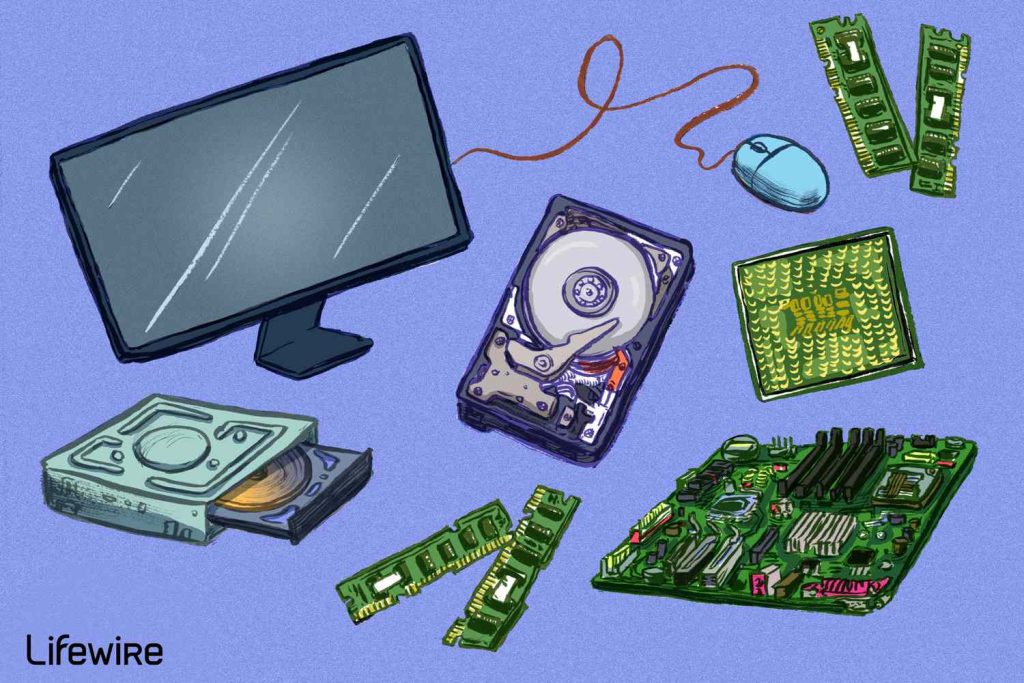Hardware Empowerment: Enabling Innovation Across Industries
Equipment encompasses the concrete the different parts of research programs, serving as the building blocks for electronic engineering and innovation. From the humble abacus to the cutting-edge quantum pcs of today, electronics has undergone a remarkable progress, driven by breakthroughs in products technology, engineering, and research theory. At their key, equipment comprises a varied variety of components, including processors, memory segments, storage units, input/output peripherals, and networking gear, each enjoying a vital position in the functionality and performance of research systems.
The quick velocity of scientific progress has resulted in the development of increasingly strong and effective equipment solutions. Moore’s Legislation, which anticipates that the number of transistors on incorporated circuits can double approximately every two years, has served as a guiding concept for electronics progress, driving development and encouraging exponential development in computational capabilities. As a result, contemporary hardware units can handle doing complicated calculations and executing superior algorithms with unprecedented pace and efficiency.
One of the most substantial tendencies in equipment progress may be the shift towards similar processing architectures. Standard constant control practices are being augmented or changed by similar running practices, which let numerous jobs to be executed simultaneously, ultimately causing significant improvements in performance and scalability. Parallel computing is very well-suited for jobs such as for instance clinical simulations, knowledge examination, and artificial intelligence, wherever large datasets and complicated computations are common.
Another key section of hardware advancement may be the progress of specialized accelerators and co-processors designed to offload certain computational projects from the CPU. Artwork handling units (GPUs), as an example, are commonly useful for accelerating graphics portrayal and similar control jobs, while field-programmable door arrays (FPGAs) present freedom and programmability for a wide selection of applications. More recently, there is a growing fascination with neuromorphic computing, which attempts to mimic the structure and function of the human mind applying hardware-based neural networks.
In addition to breakthroughs in control energy and effectiveness, electronics progress has additionally focused on increasing energy performance and sustainability. As considerations about weather change and environmental impact grow, there’s raising pressure on electronics manufacturers to create products that eat up less power and produce fewer emissions. It has generated improvements such as low-power processors, energy-efficient information centers, and eco-friendly manufacturing processes, all aimed at lowering the environmental presence of research technology.
Safety is yet another critical consideration in electronics style, specially in mild of the rising threats sat by cyber attacks and knowledge breaches. Hardware-based security features, such as for example protected start mechanisms, equipment security, and respected platform adventures (TPMs), support defend sensitive and painful data and guarantee the strength of processing systems. Additionally, breakthroughs in hardware-based verification and biometric technologies offer new ways to increase safety and privacy in electronic systems.
As equipment continues to evolve and improve, it is driving development across a wide selection of industries and applications. From autonomous https://www.asianews.ir/u/dWh cars and smart appliances to healthcare devices and industrial robots, electronics systems are reshaping the way in which we stay, perform, and interact with the planet about us. With continuous research and development efforts driving the boundaries of what’s probable, the continuing future of equipment supports remarkable promise for extended progress and development in the electronic age.

